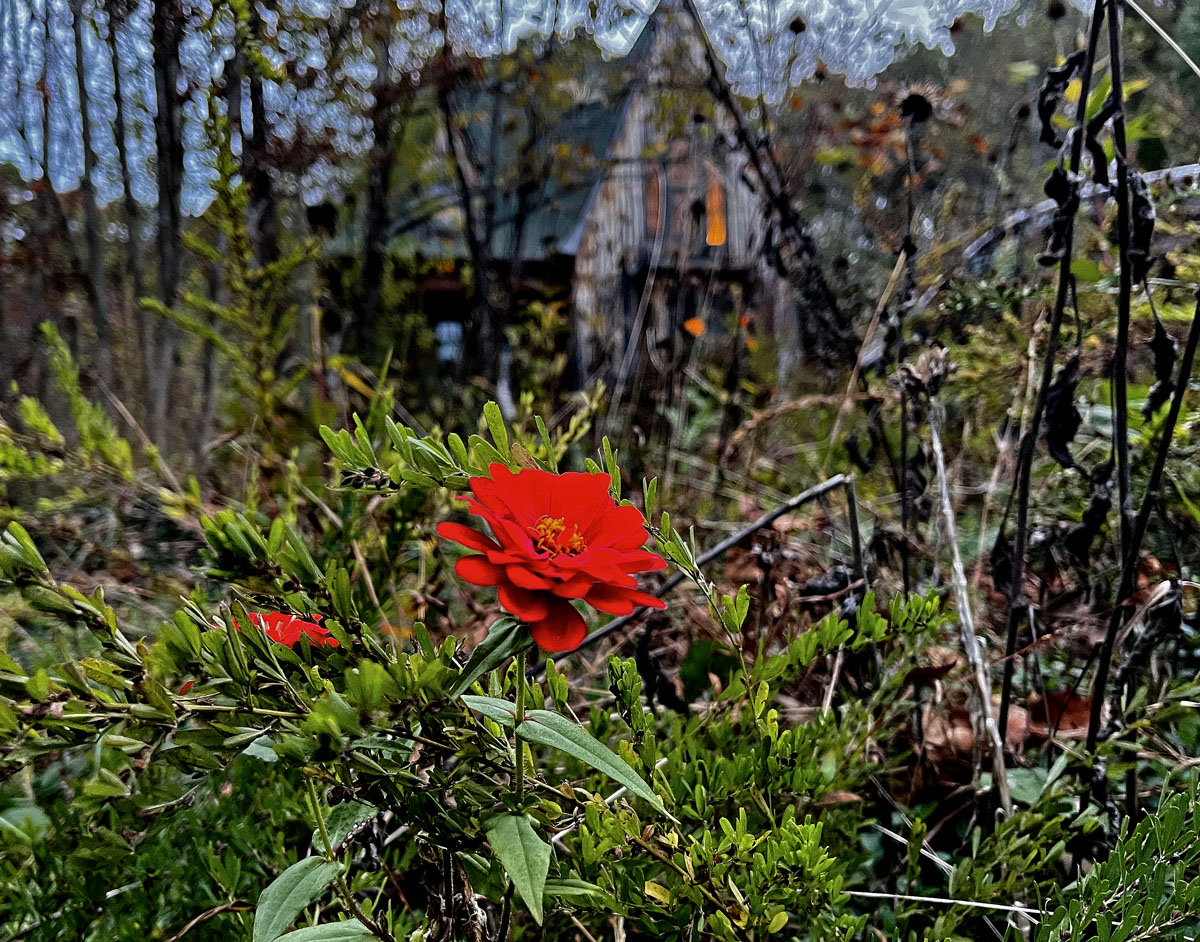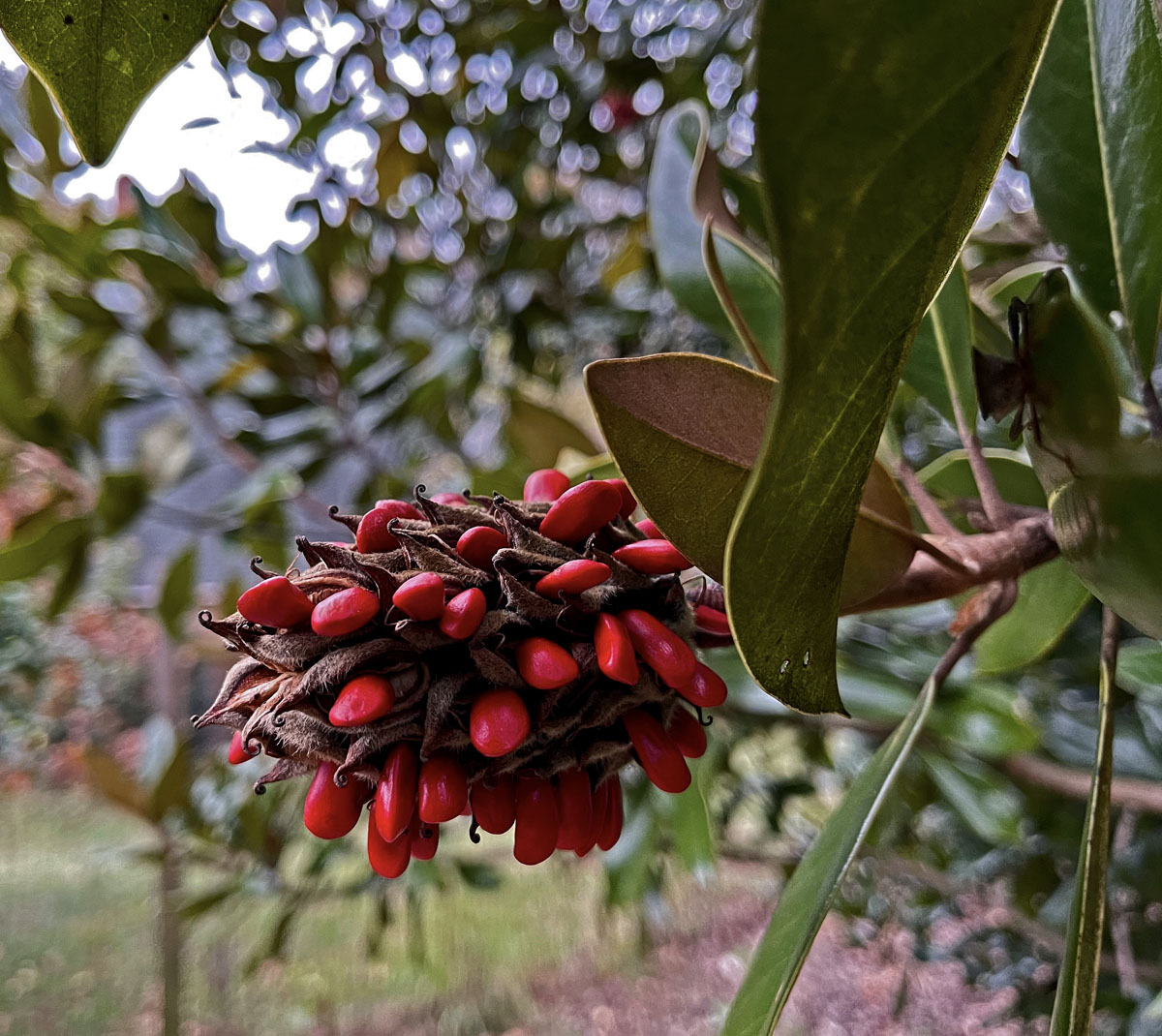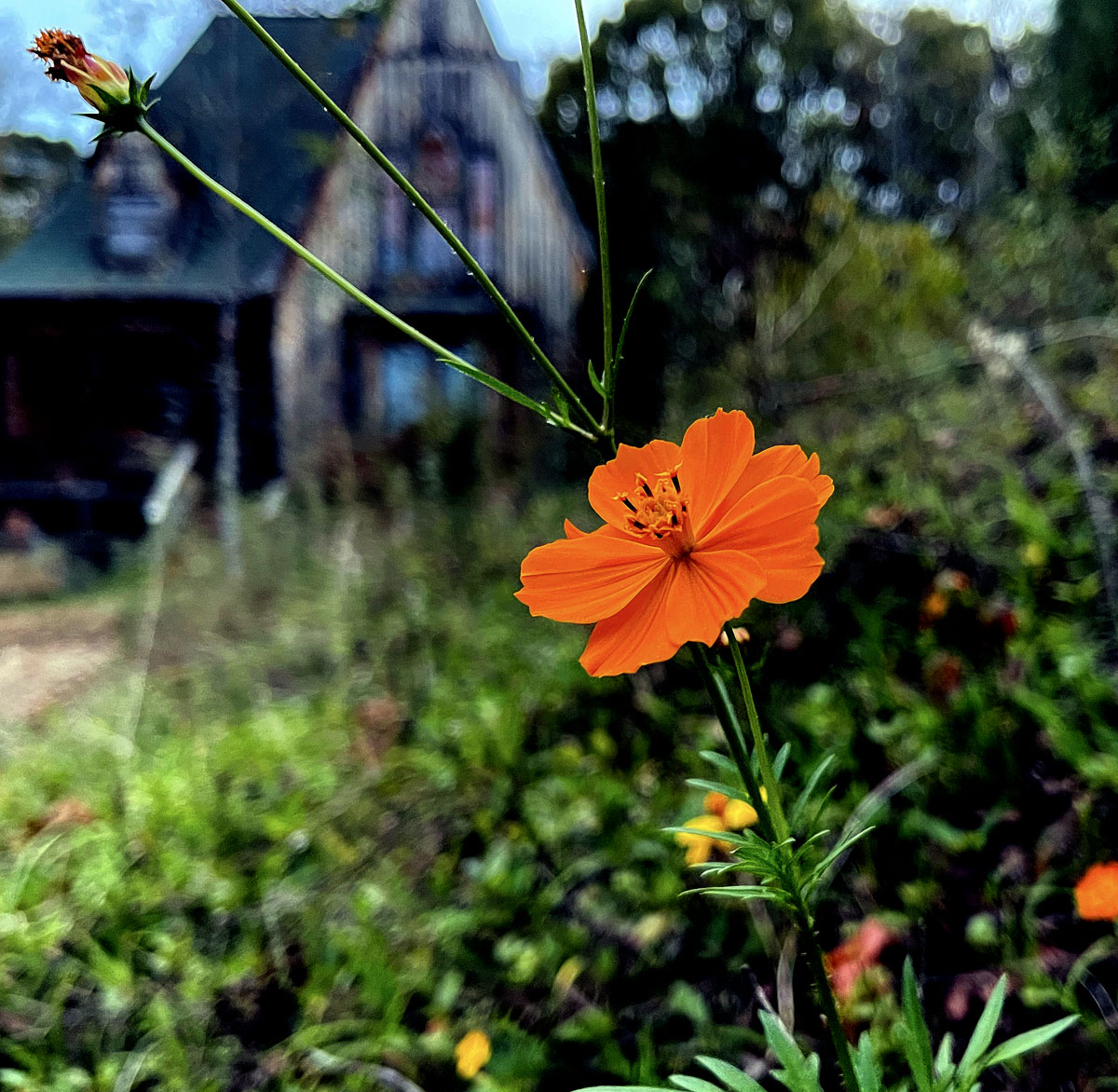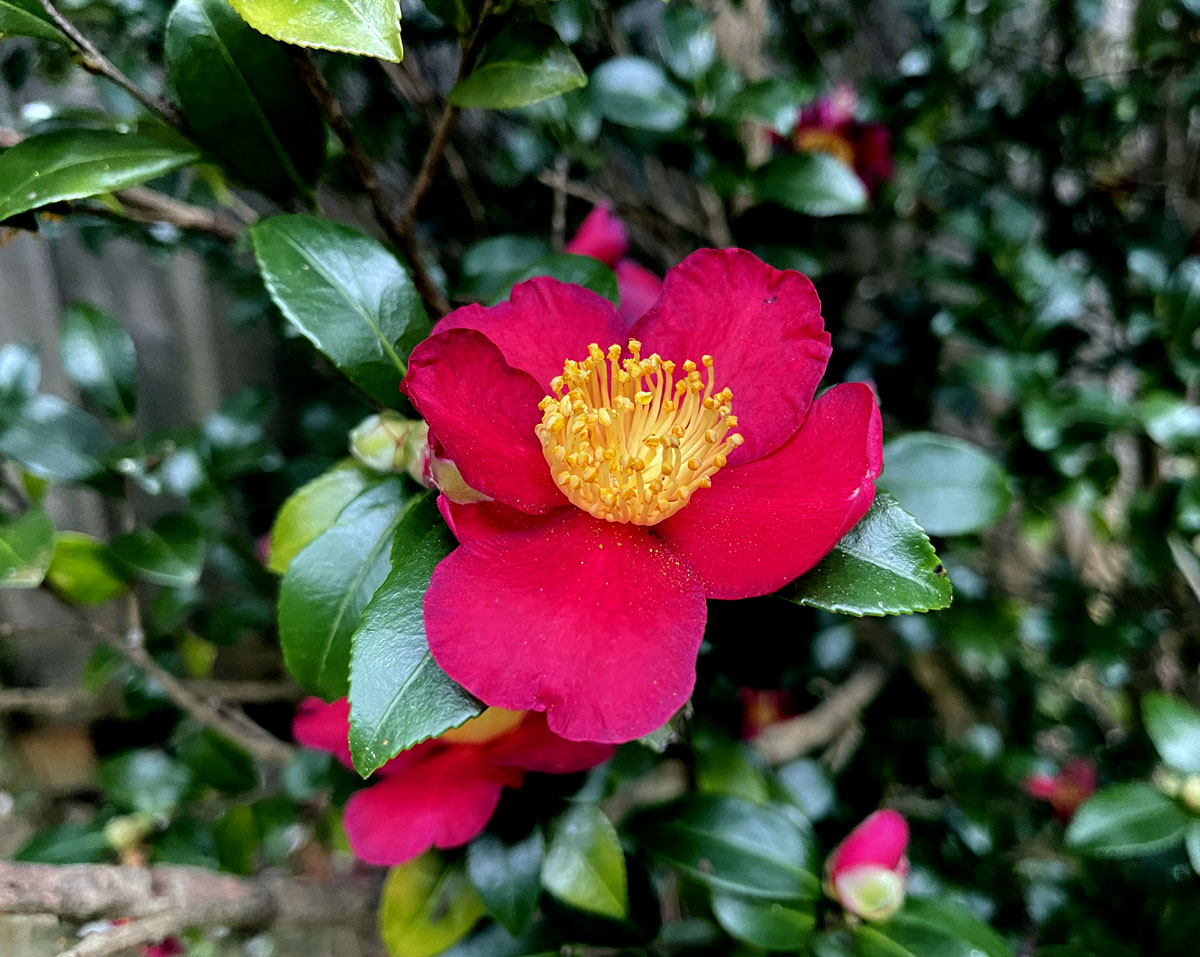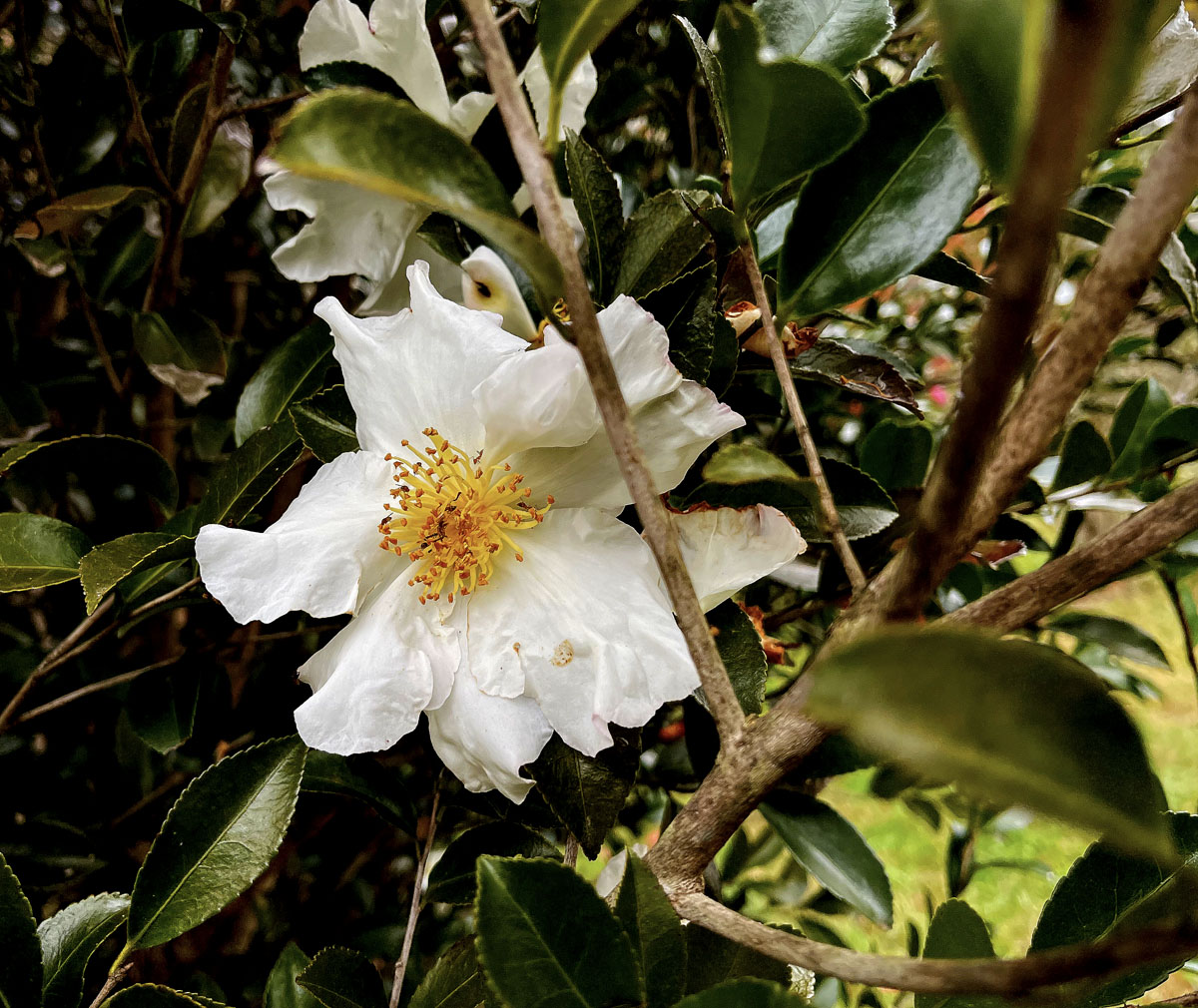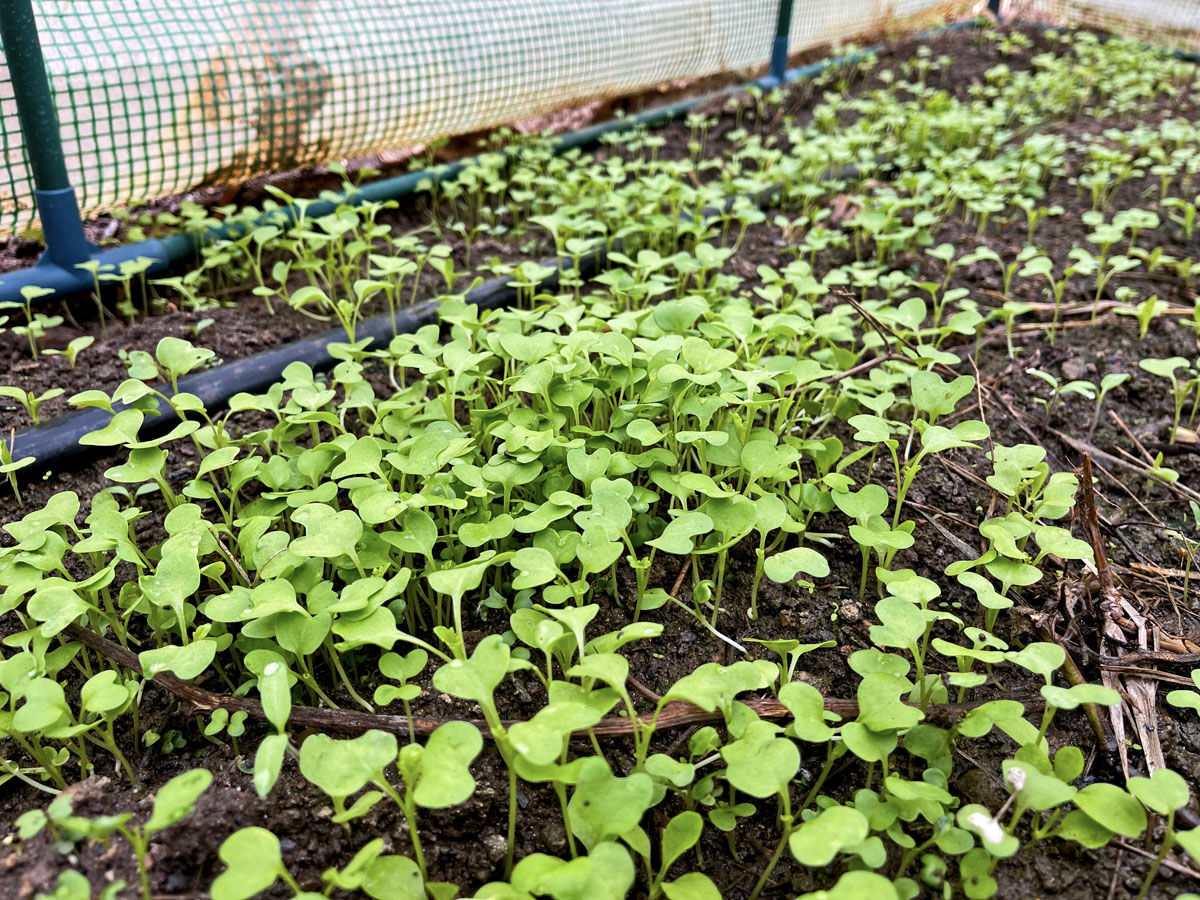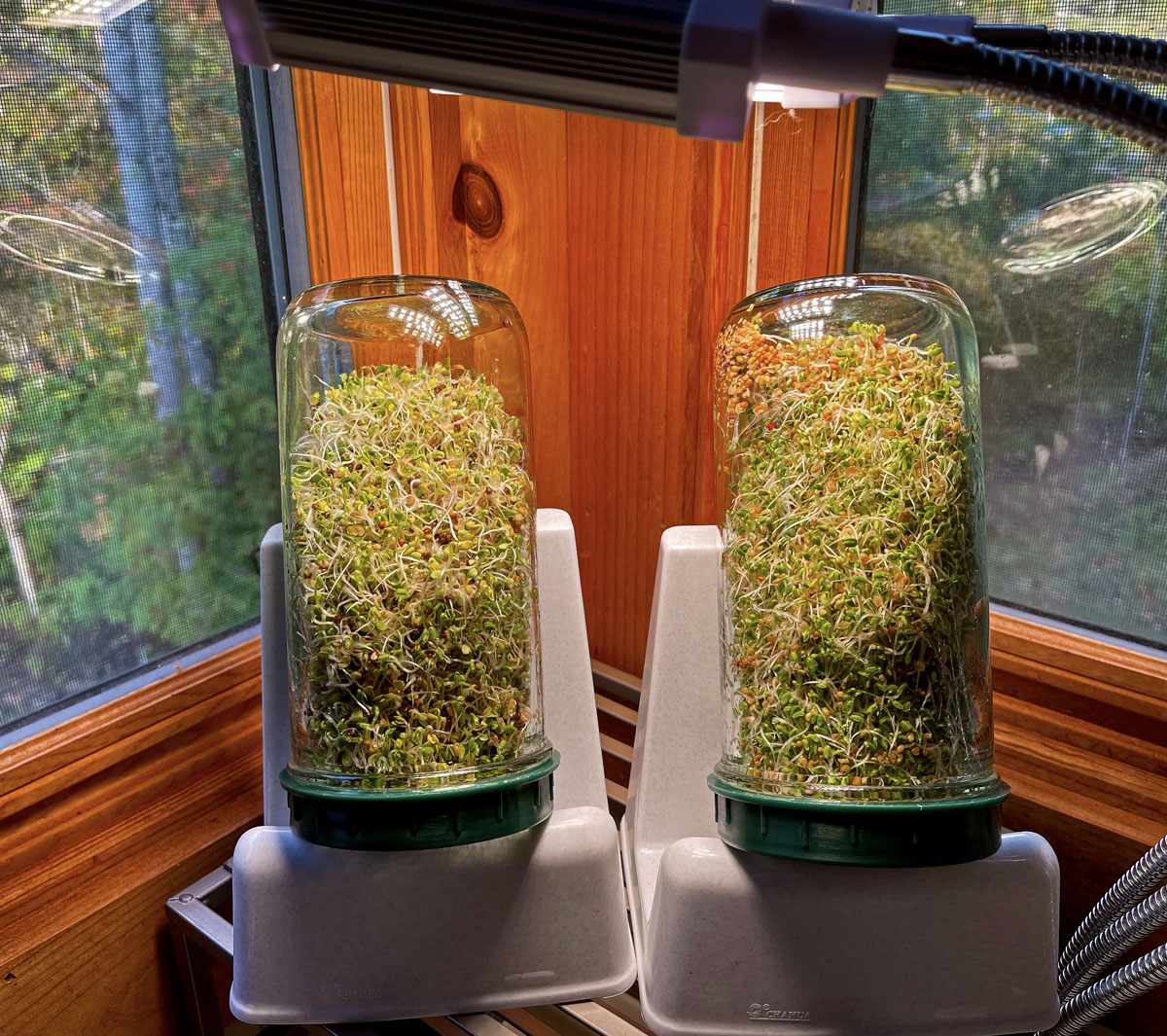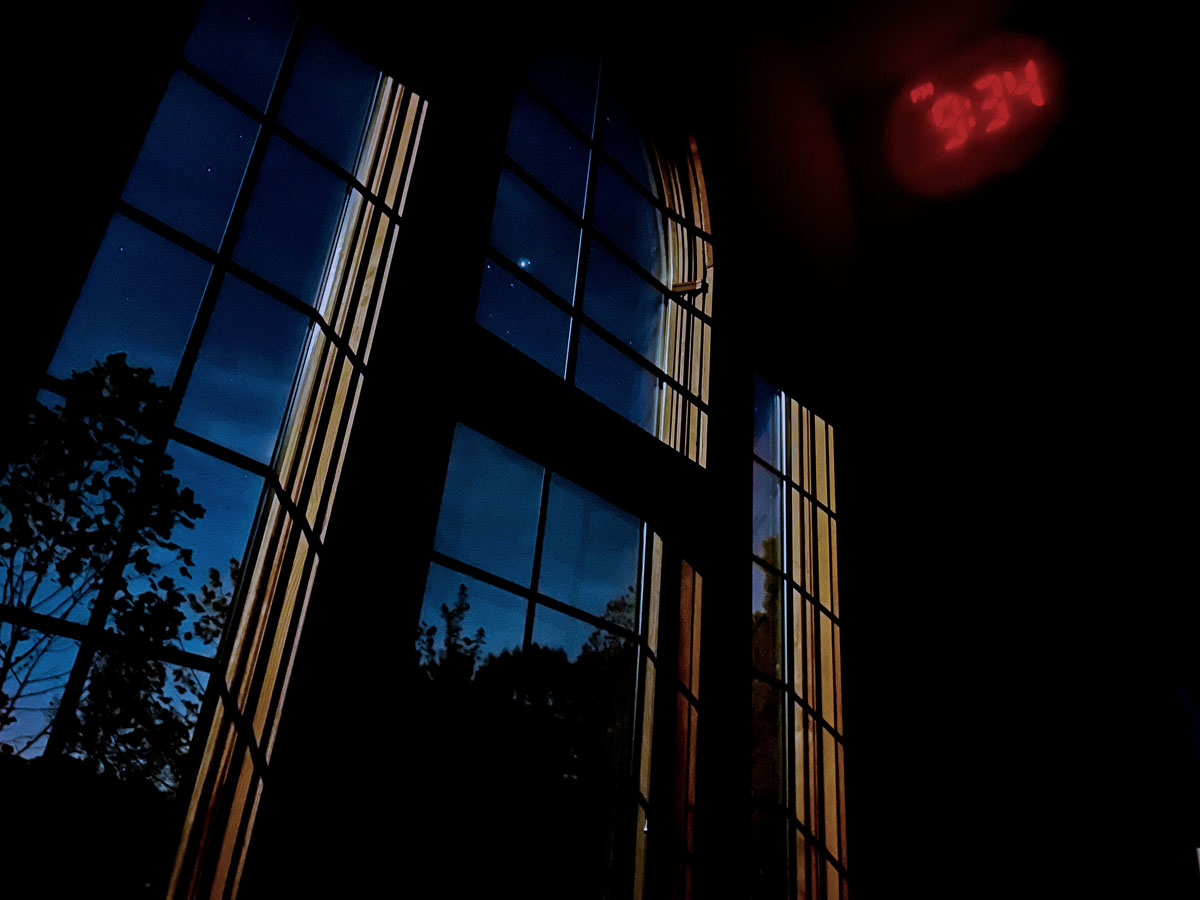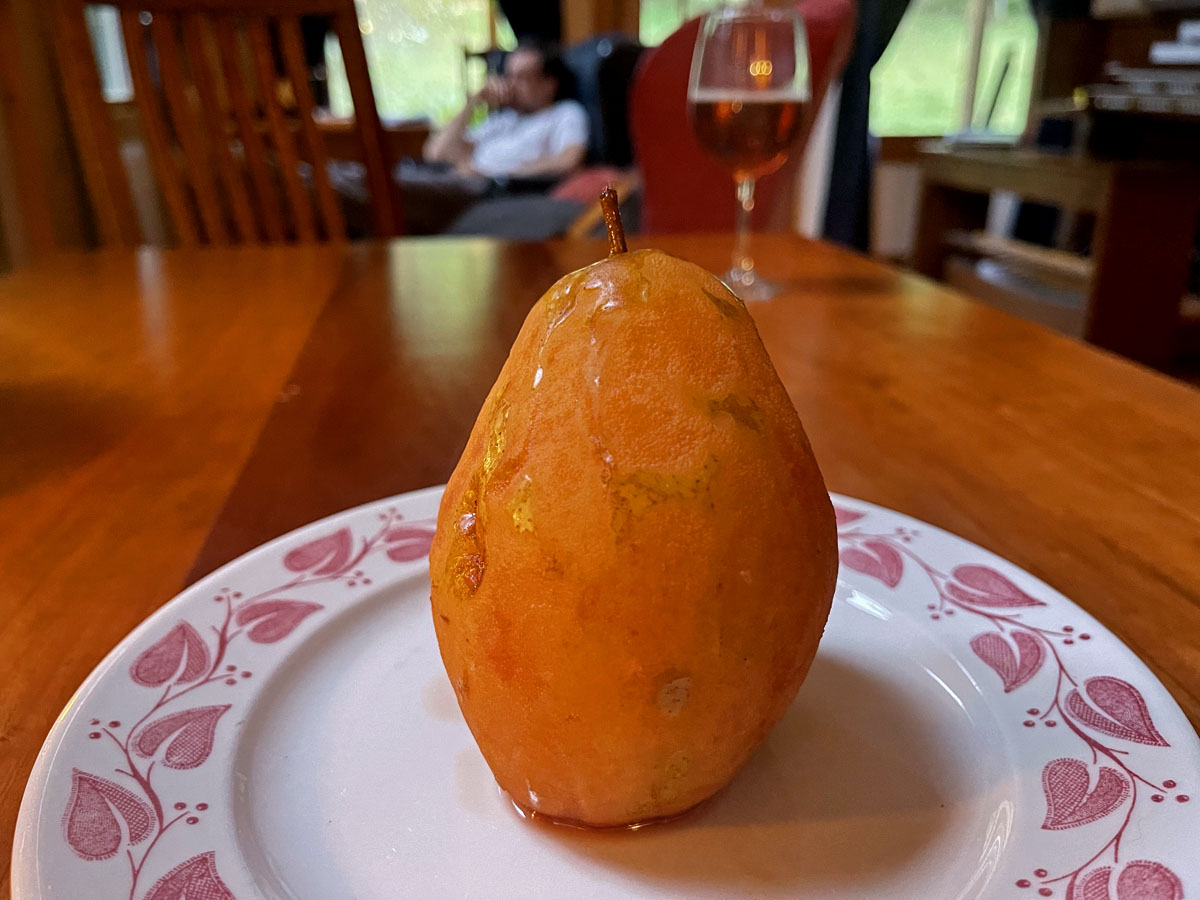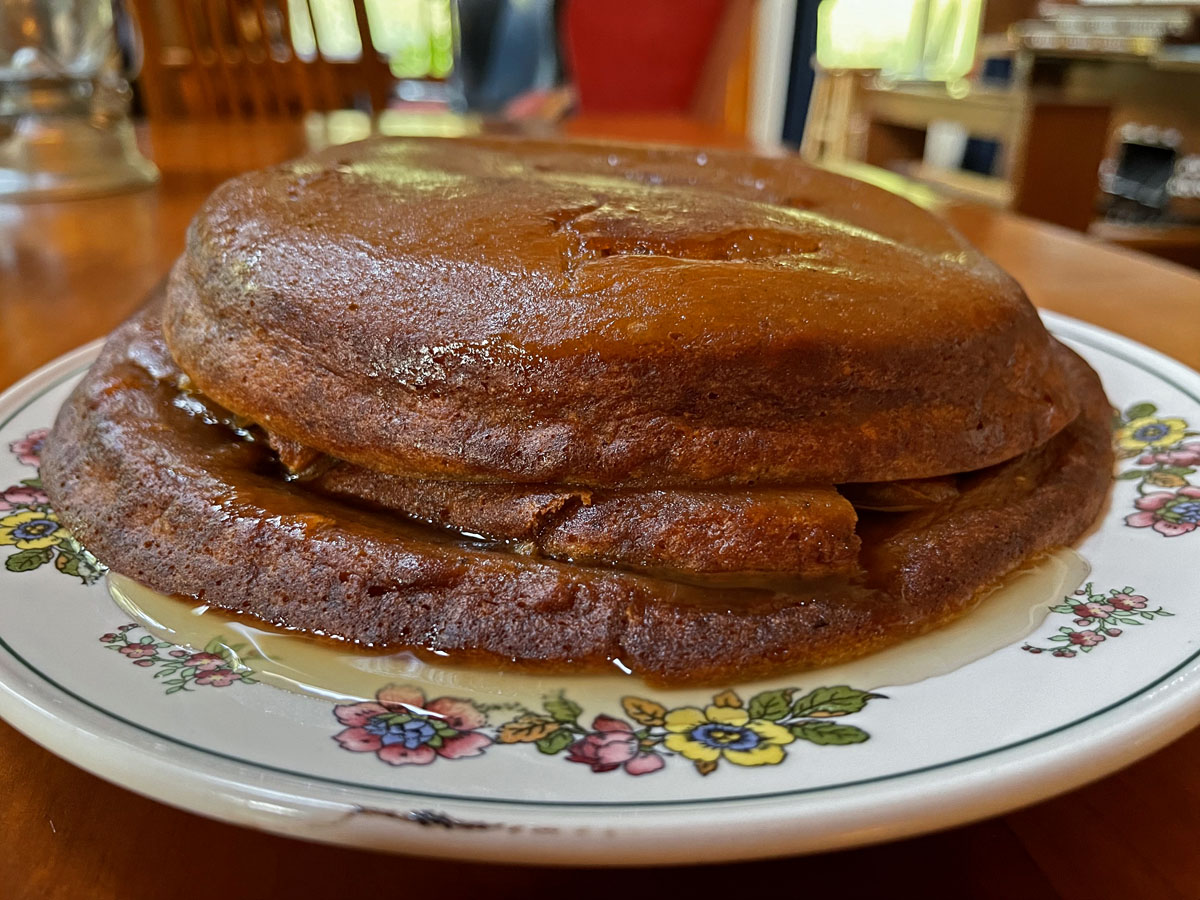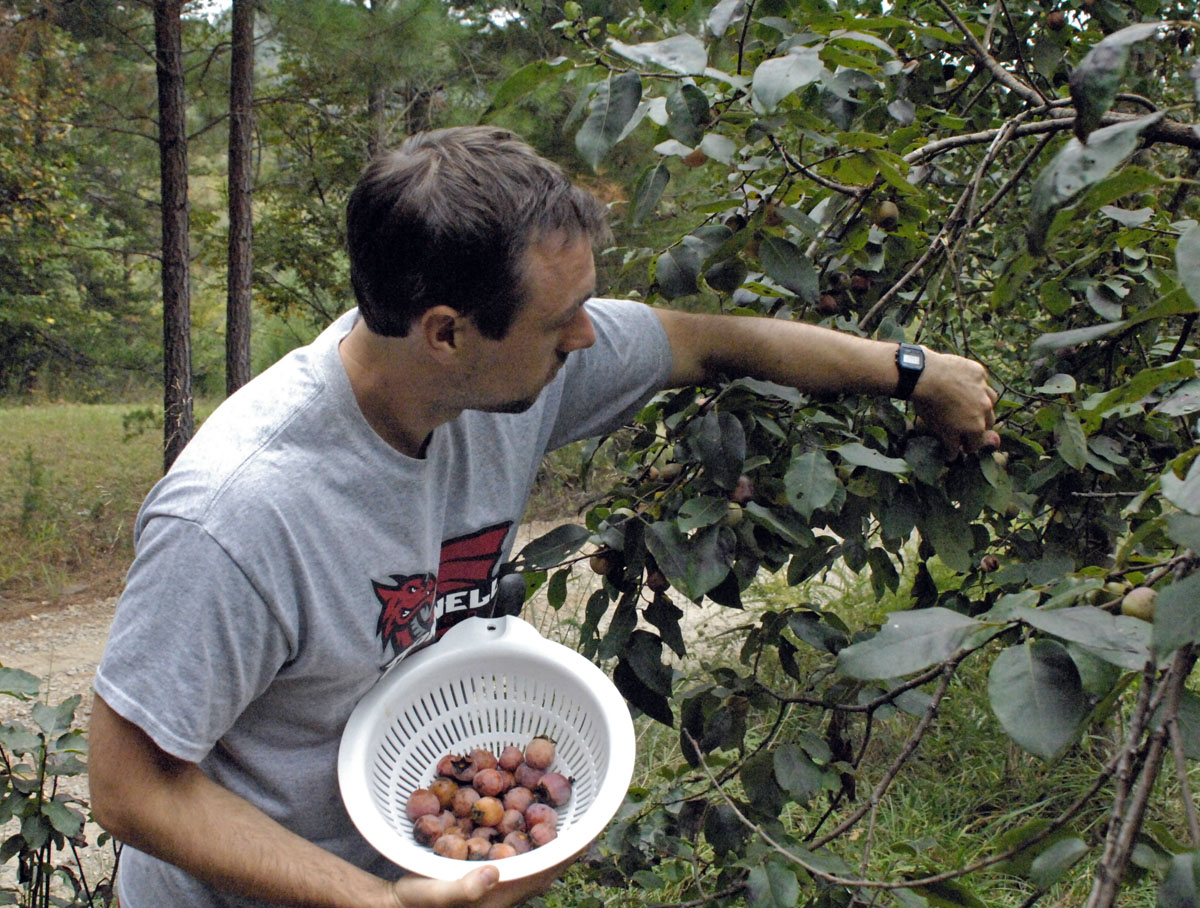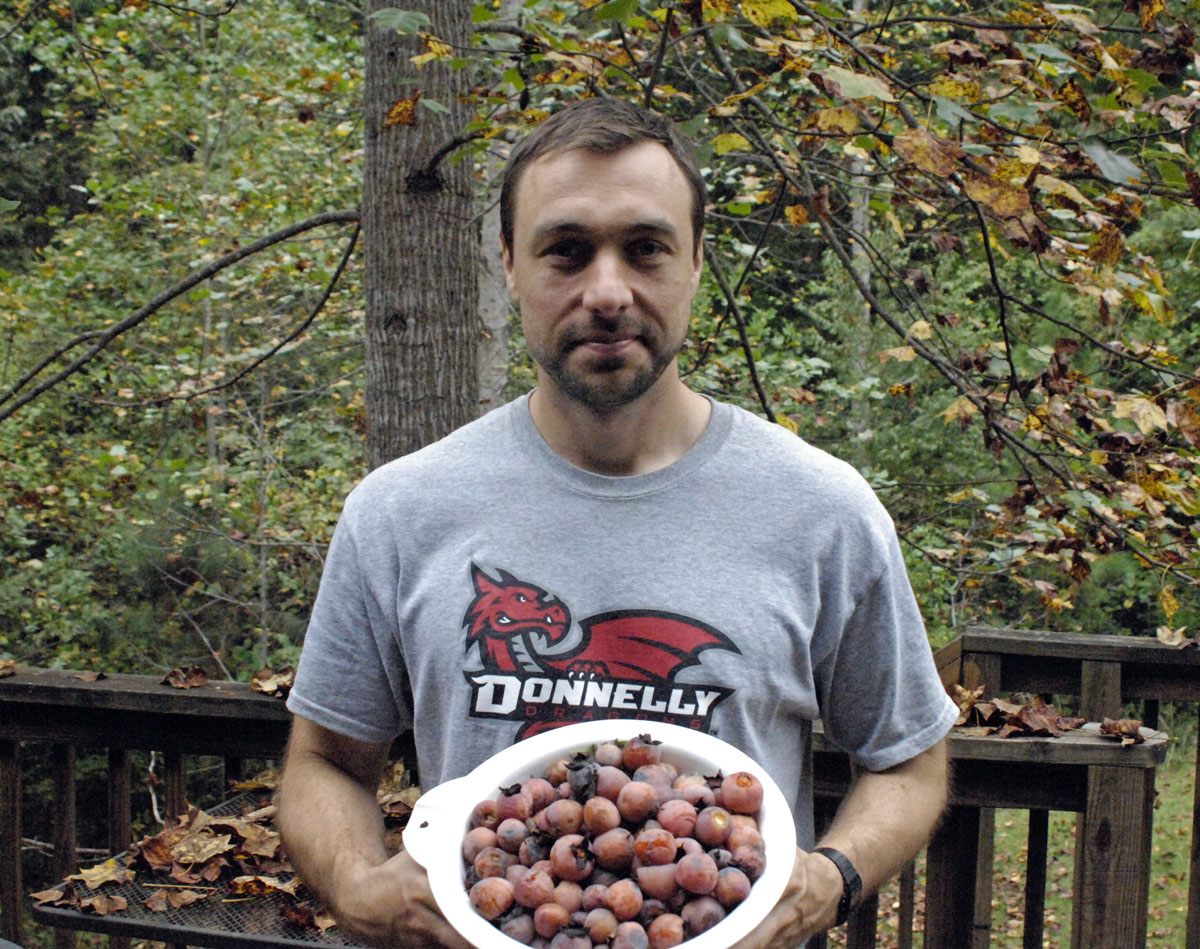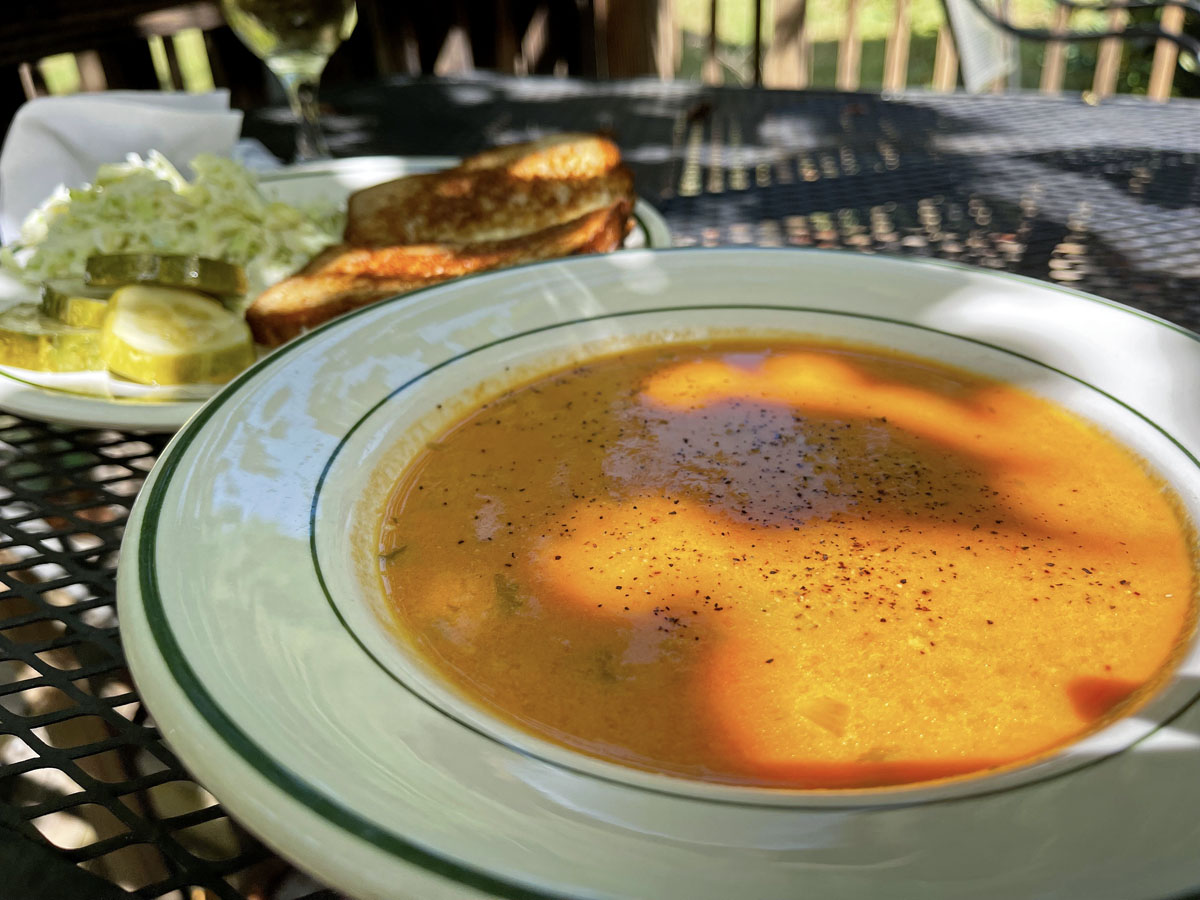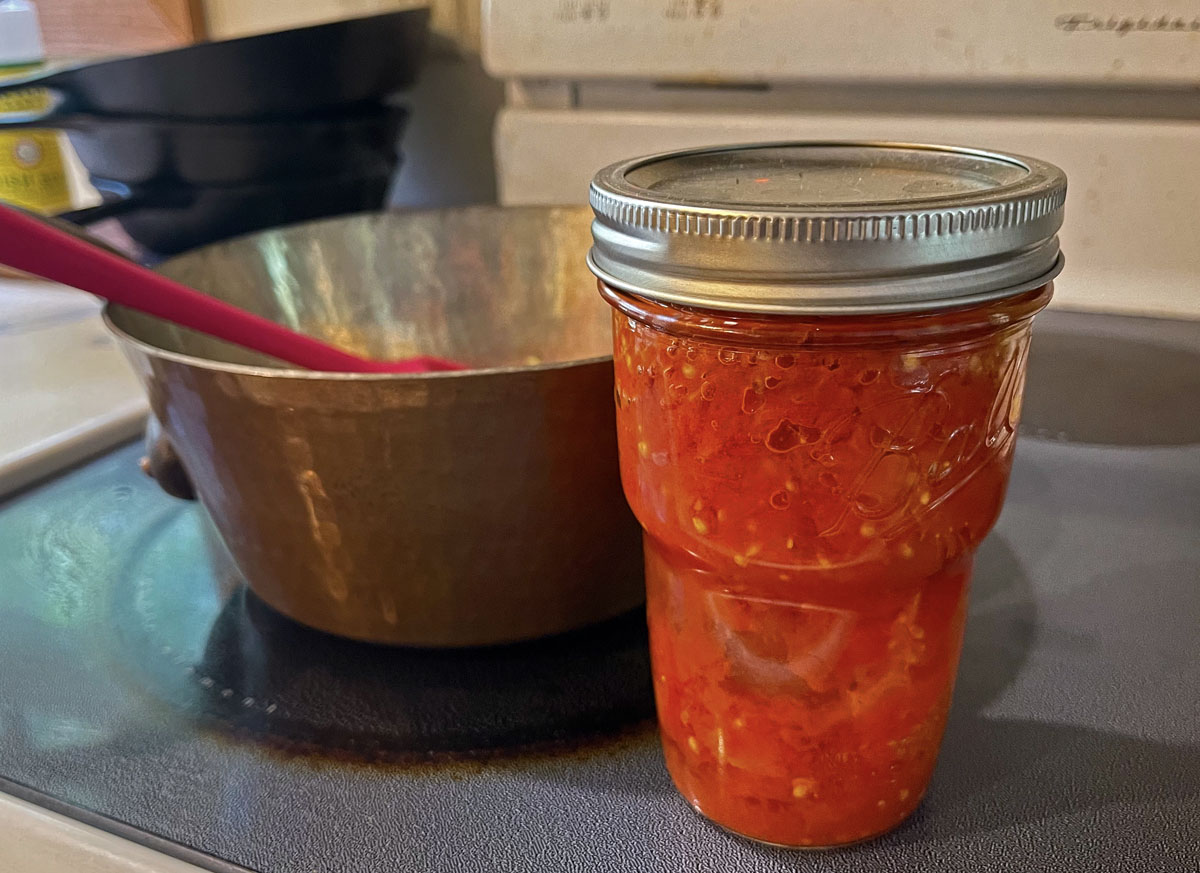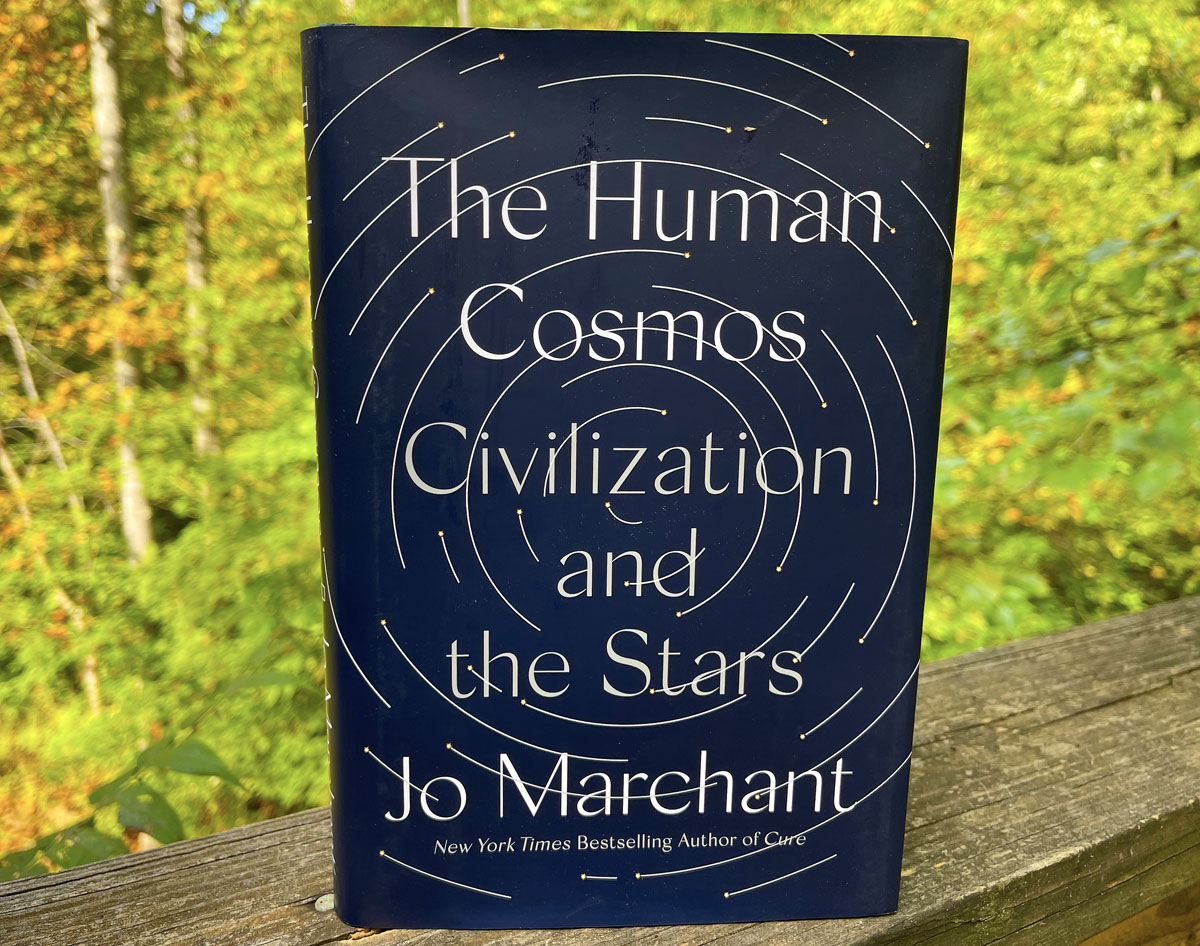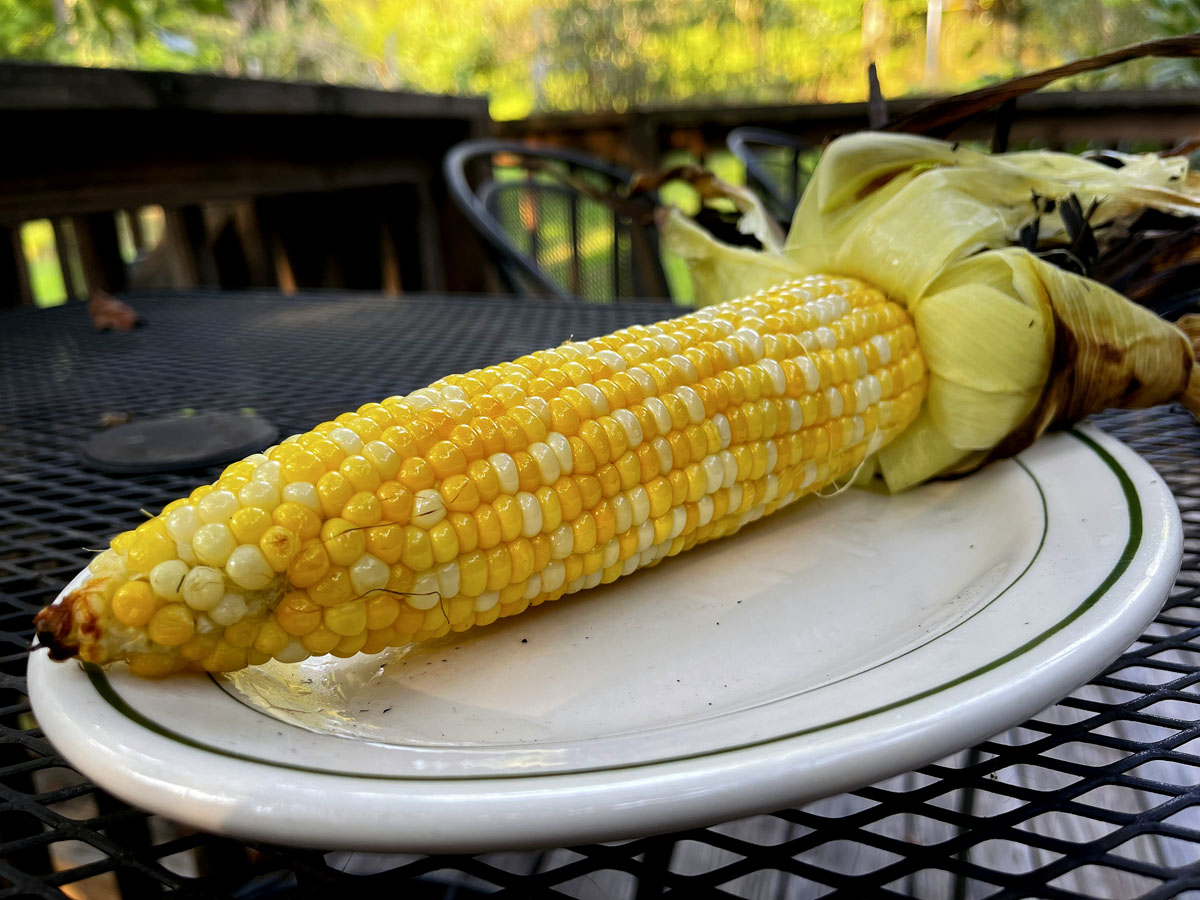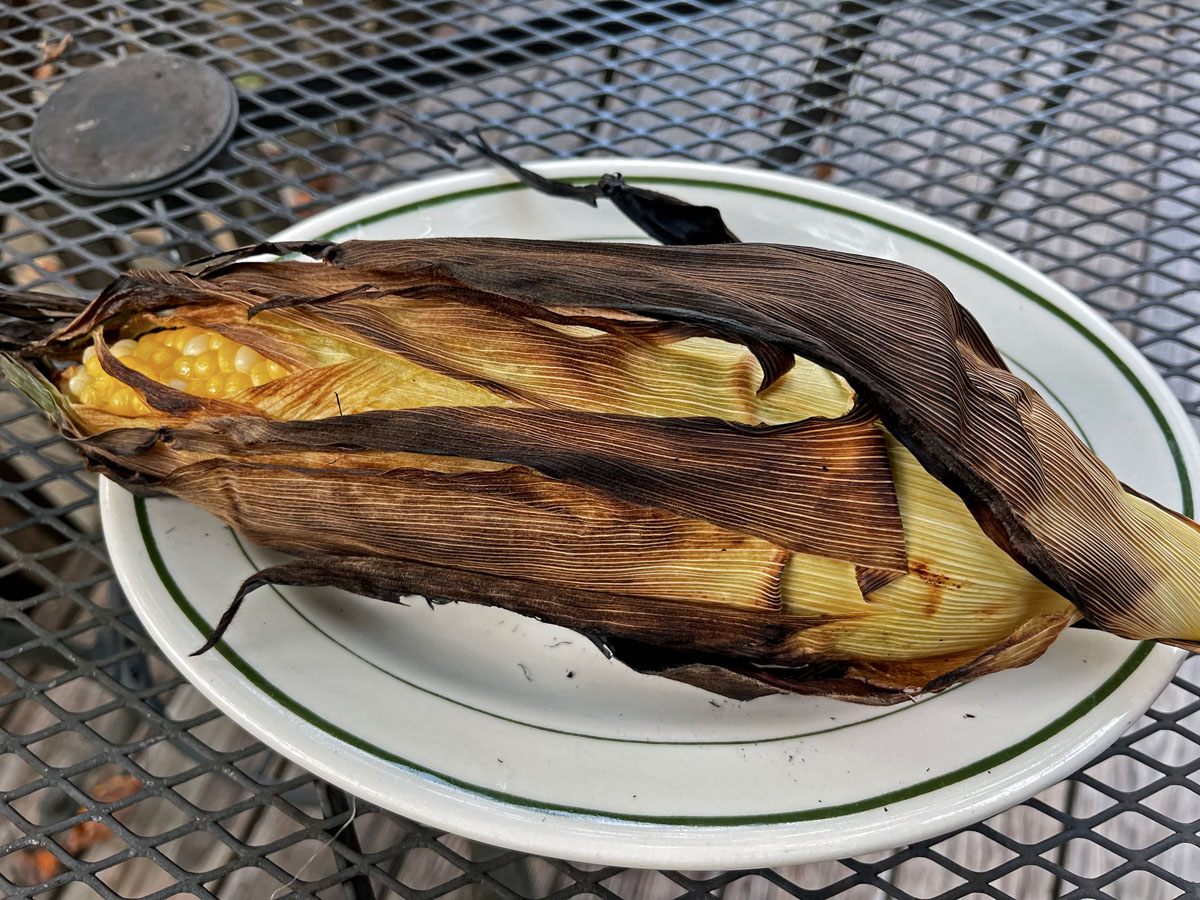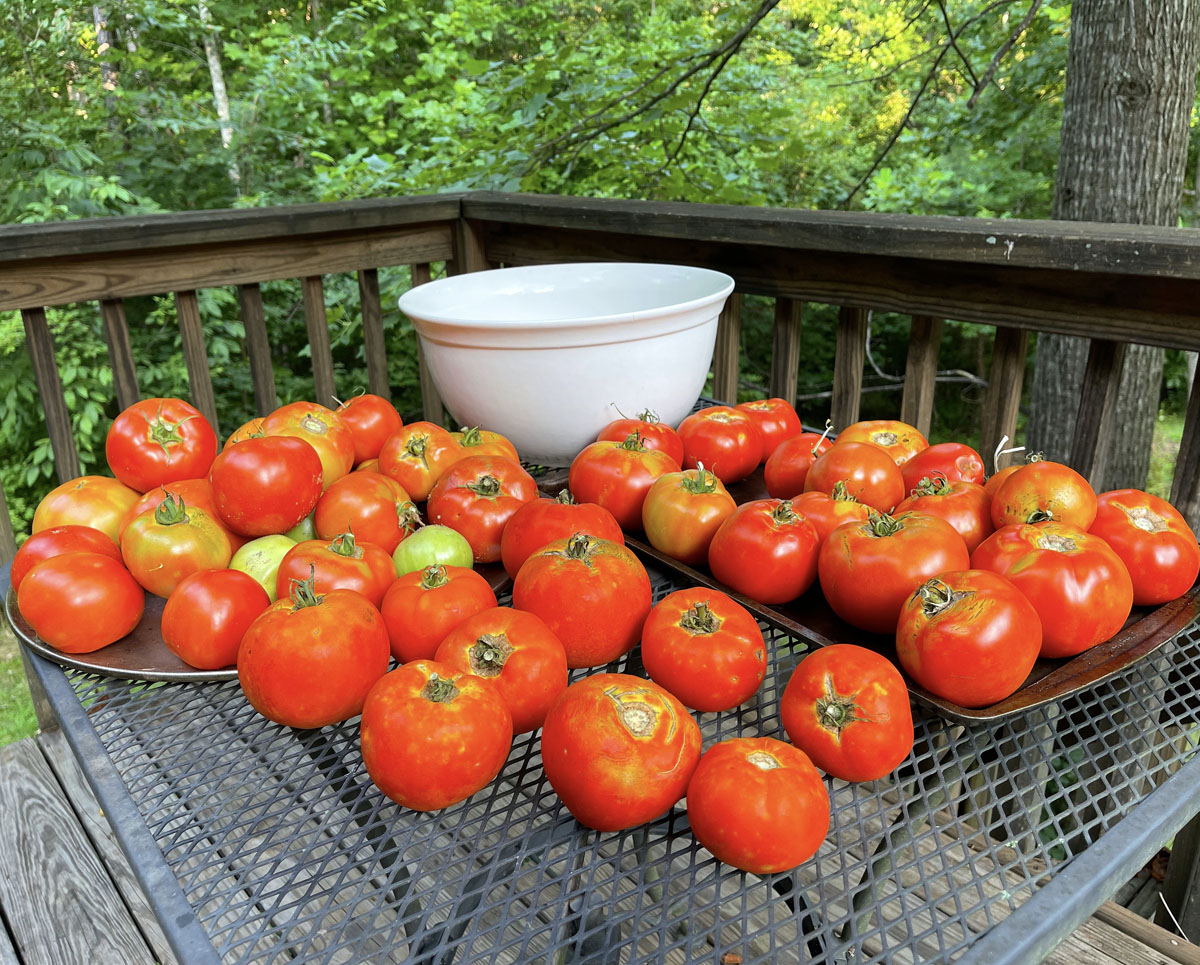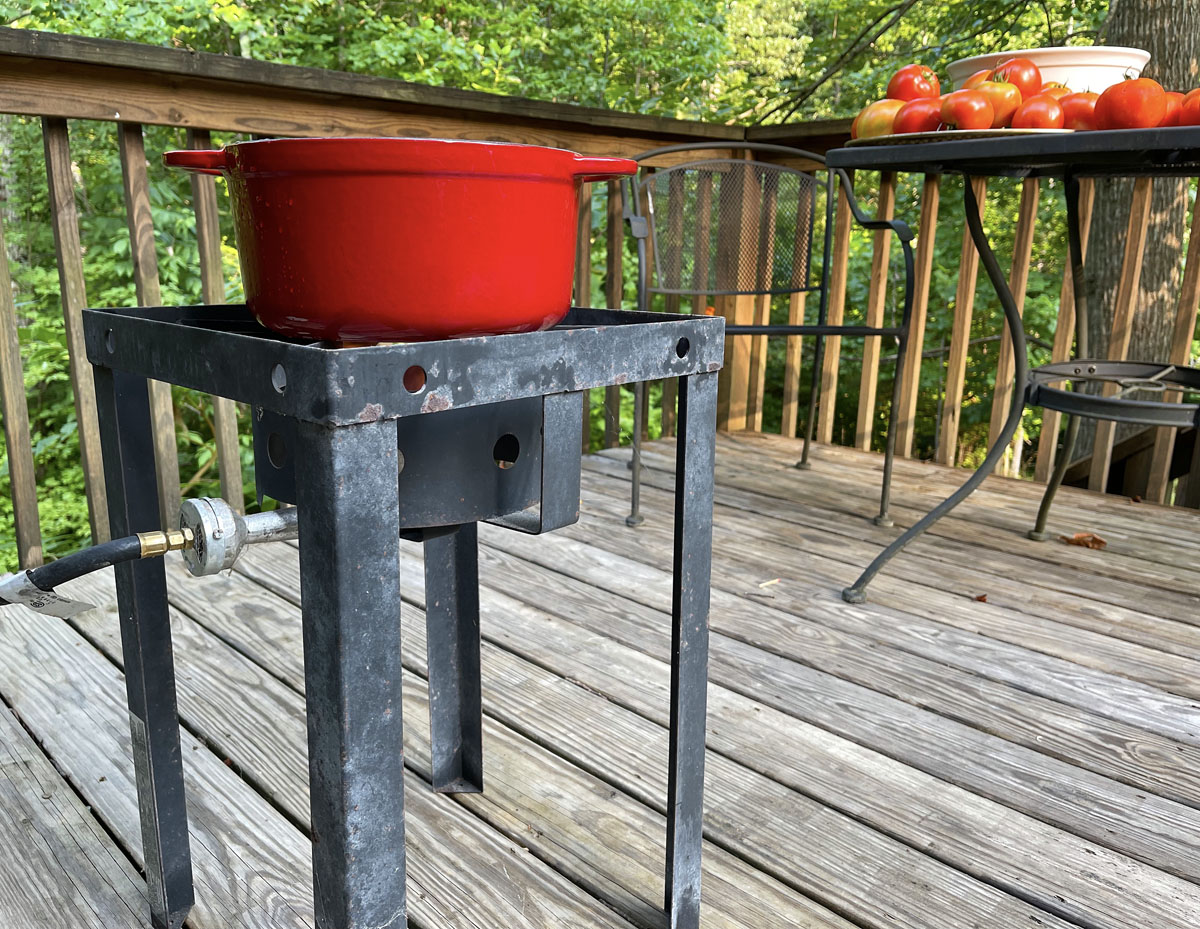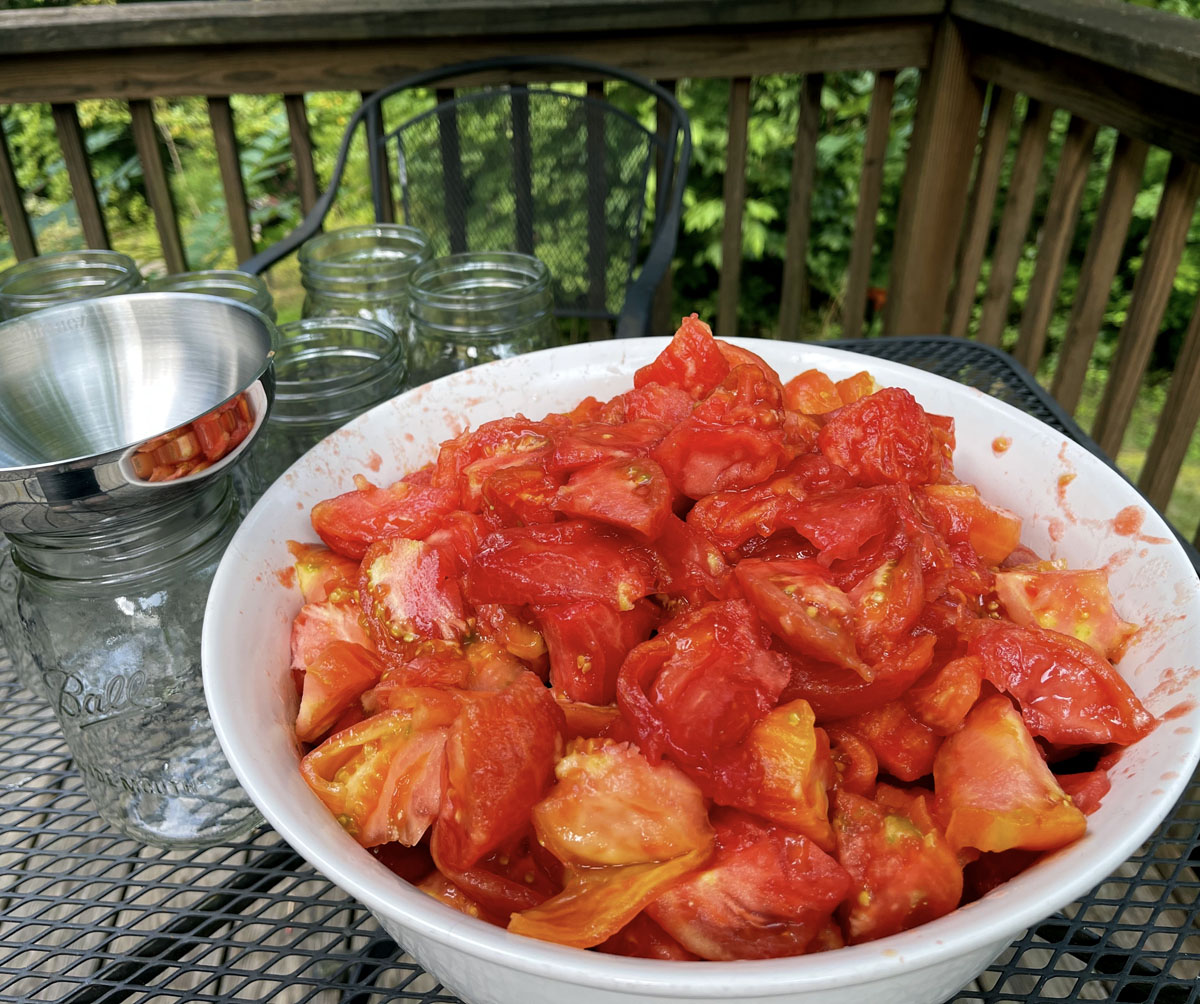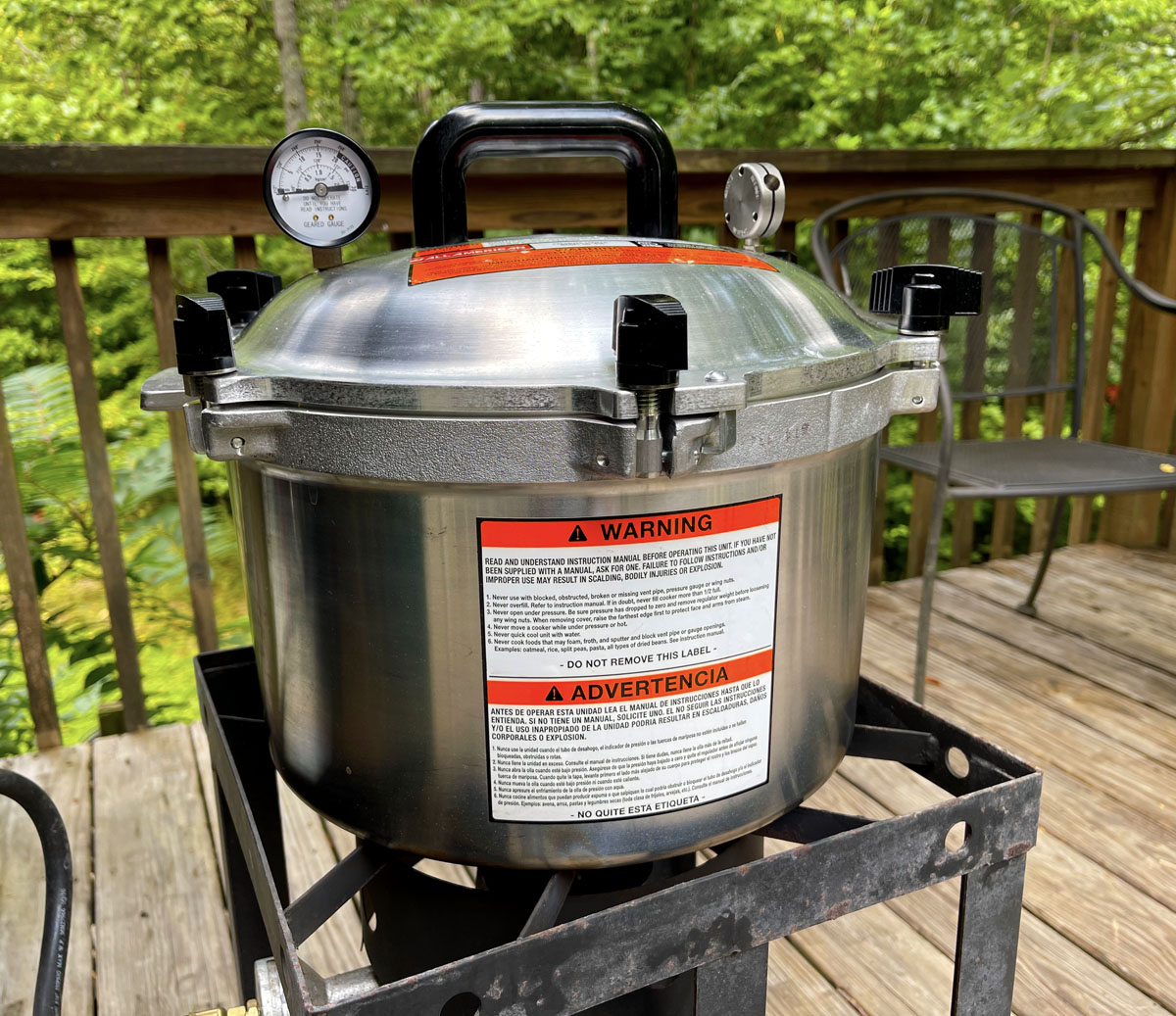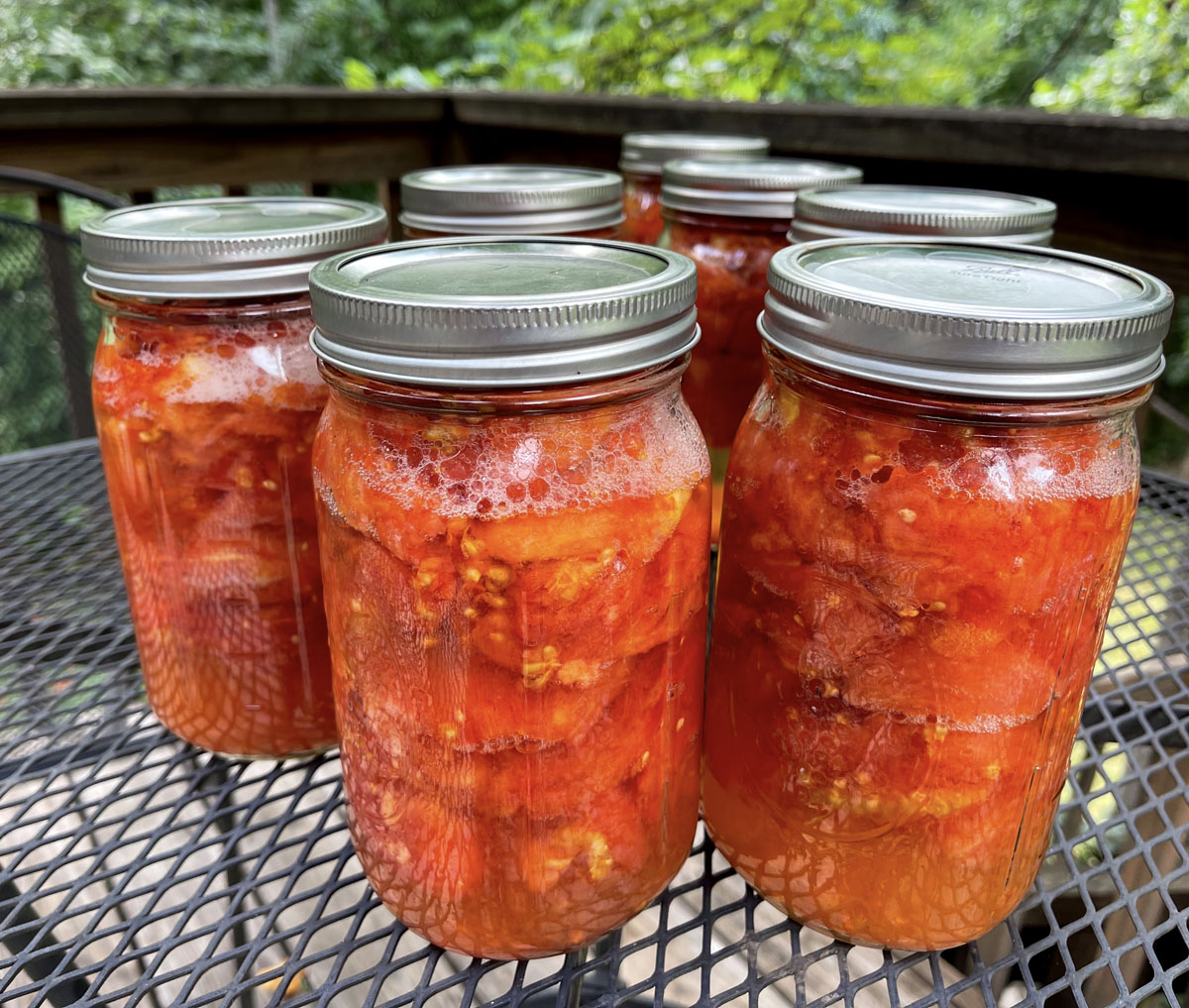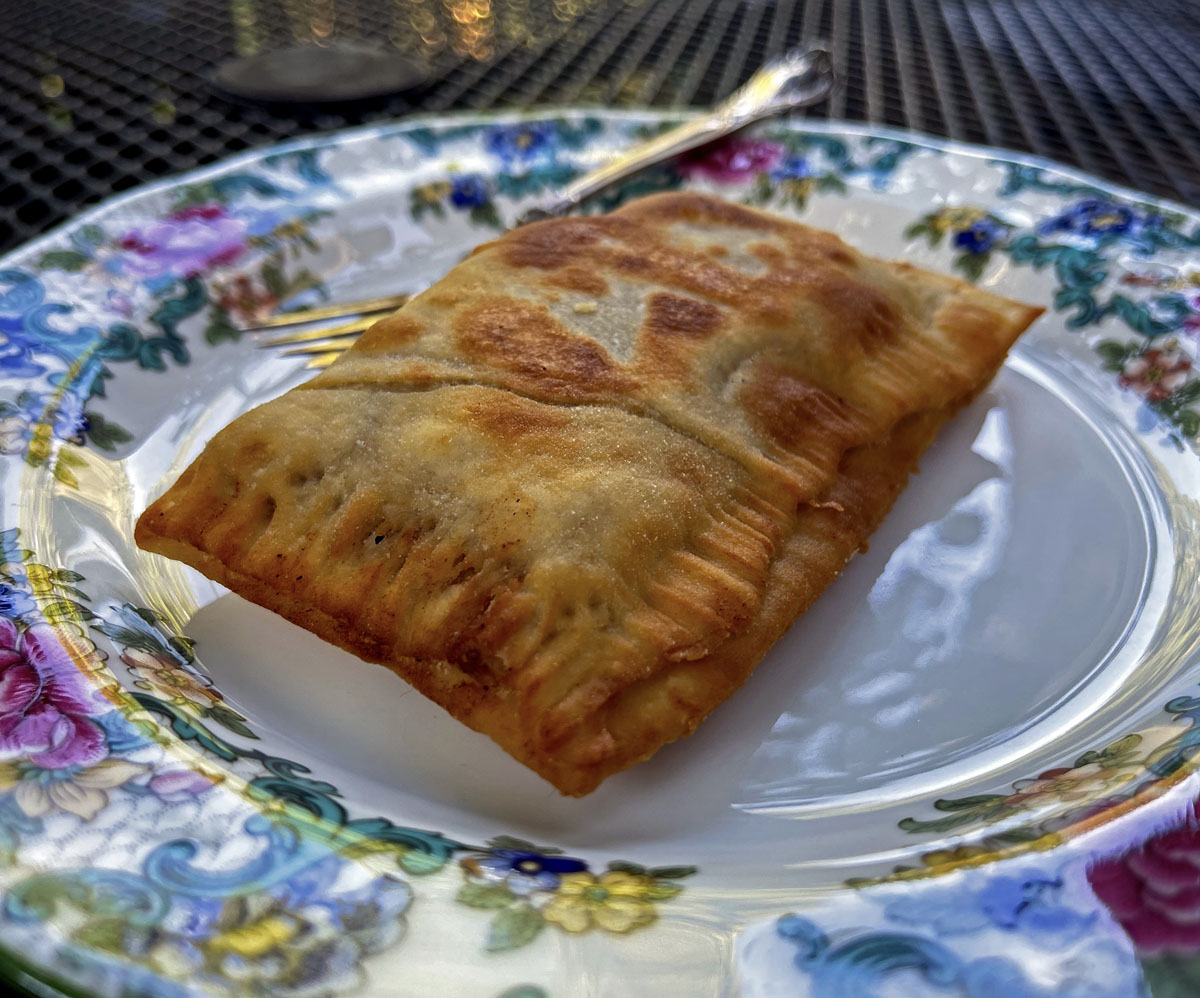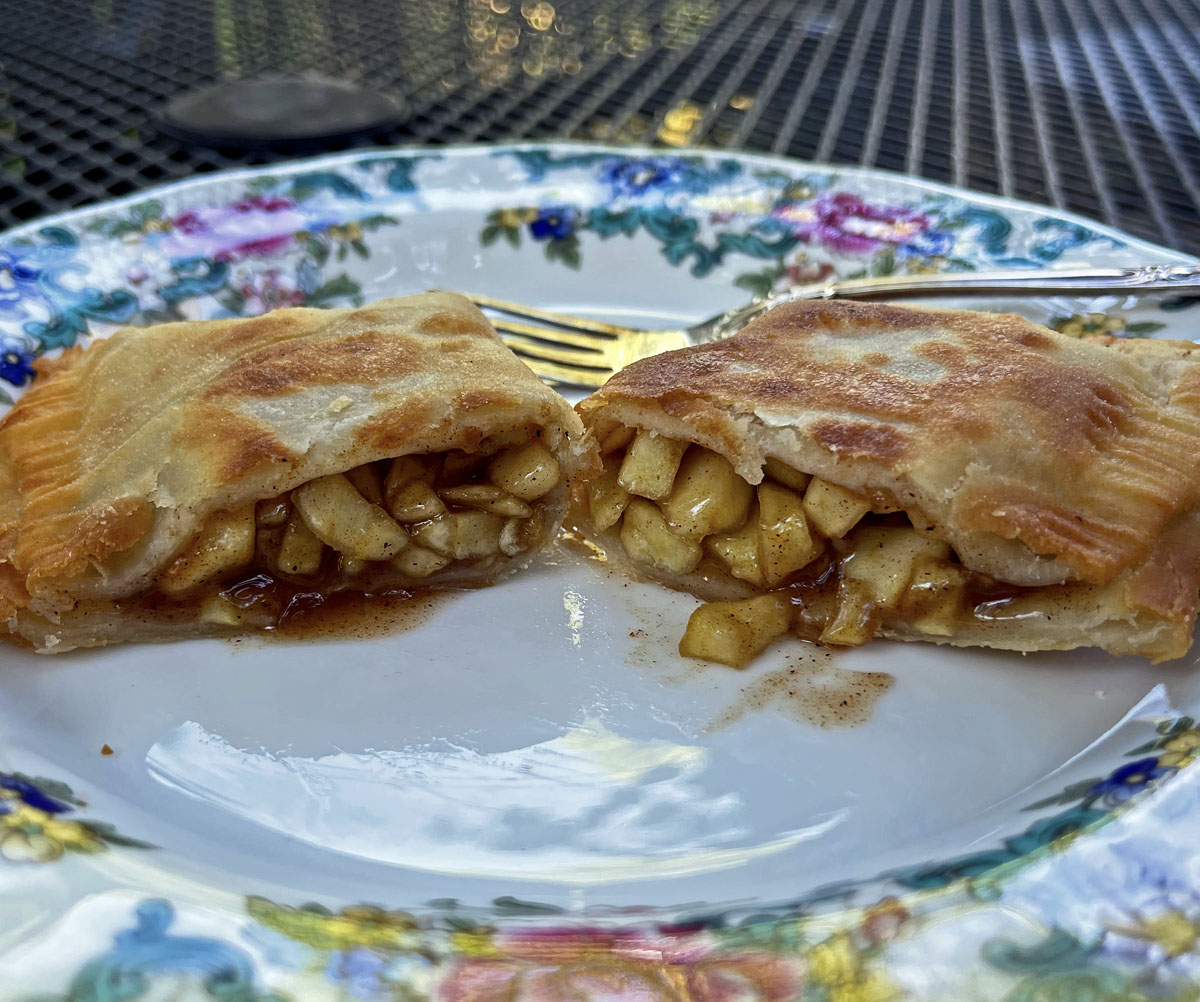
The gorilla Ndakasi, shortly before she died in the arms of her keeper, Andre Bauma. Source: Virunga National Park via Twitter.
Ndasaki was 14 years old when she died, after a long illness, according to the BBC. When Ndasaki was a baby, her mother was killed by poachers. Andre Bauma, who remained her keeper at a gorilla orphanage, rescued Ndasaki, who was clinging to her mother’s body.
Every culture that I am aware of teaches that animals are a lower form of life than human beings. The life of any human being, no matter how vile or violent that human life may be, is held to be of more value than the life of any animal, no matter how rare or intelligent or majestic that animal may be.
Most of us, I feel sure, have loved animals whose lives we valued much more than the lives of many — or most! — of the humans around us. It’s only because we are never forced to make a trade that this attitude is never put to the test.
Societies are increasingly squeamish about our treatment of animals. However, a serious rethinking of our treatment of animals has yet to occur. A week ago, there were reports that the president of South Korea is considering a ban on eating dogs. Worsening environmental problems, along with the development of “cultured” meats, are encouraging us to rethink our costly habit of eating meat. But this is not happening fast enough. What government wants to be the first to start regulating and closing down the meat industry, while mandating the substitution of cultured meats? The uproar will be horrendous, most of it coming from the sort of people who consider even mask mandates during pandemics to be a heinous offense against their liberty.
A better sort of human beings will have two choices of philosophical reasons for not eating animals and switching to cultured meats.
The first is the utilitarian case: Our planet can no longer handle the inefficiency and filth of the meat industry. Though the cost of imitation meat is much too high today, that cost will surely come down as the cultured meat industry develops and scales up. At some point, cultured meat should cost much less than “farmed” meat, because it is much more efficient. Philosophers tend to use longer words when smaller ones will do. “Utilitarian” just means “useful.” It would be useful to human beings if their burgers were cheaper and just as good, and if human communities were less polluted by vast hog farms, massive chicken operations, and cattle feed lots, all of which are disgusting to human beings and turn the human stomach for the purpose of making human food.
The second is a moral case, rooted in the rights of animals: the right to habitat, the right to life and to live according to their instincts, the right not to be incarcerated and treated cruelly, and the right not to suffer and die for the sake of human dinner plates. This is their planet, too. Dare I suggest, to use a loaded term, that animals have natural rights? I do.
Readers of this blog are aware that I am persuaded by John Rawls’ theory of justice and that I believe that Rawls has rendered the utilitarian moral philosophies of the Enlightenment now obsolete. In A Theory of Justice, Rawls was aware that many of the principles he lays out can be extrapolated to animals. As I read Rawls, he practically begs other philosophers to do the work of applying justice as fairness to animals, with any adjustments that may be necessary. Rawls says explicitly that he does not mean for his theory to apply to the question of “right conduct in regard to animals and the rest of nature.” The question, to Rawls, if there is a difference between the moral status of animals and the moral status of humans, is whether animals possess “the capacity for a sense of justice.” He writes, “Certainly it is wrong to be cruel to animals and the destruction of a whole species can be a great evil.” But otherwise Rawls steers clear and writes that the moral status of animals is “outside the scope of the theory of justice.”1
As for utilitarianism, animals didn’t stand a chance, even to the best of minds. The kindly Edinburgher David Hume, writing in 1751 in An Enquiry Concerning the Principles of Morals, has this to say in the section on justice:
“Were there a species of creatures, intermingled with men, which, though rational, were possessed of such inferior strength, both of body and mind, that they were incapable of all resistance, and could never, upon the highest provocation, make us feel the effects of their resentment; the necessary consequence, I think, is, that we should be bound, by the laws of humanity, to give gentle usage to these creatures, but should not, properly speaking, lie under any restraint of justice with regard to them, nor could they possess any right or property, exclusive of such arbitrary lords. Our intercourse with them could not be called society, which supposes a degree of equality; but absolute command on the one side, and servile obedience on the other. Whatever we covet, they must instantly resign: Our permission is the only tenure, by which they hold their possessions: Our compassion and kindness the only check, by which they curb our lawless will: And as no inconvenience ever results from the exercise of a power, so firmly established in nature, the restraints of justice and property, being totally useless, would never have place in so unequal a confederacy. This is plainly the situation of men, in regard to animals.”2
I have said that I consider utiliarianism obsolete. Many don’t. It’s almost certainly true that, as utilitarian philosophies were developed during the Enlightenment, they advanced the causes of fairness and justice. I would argue, though, that the faults of utilitarianism have been blocking human progress for a long time. Utilitarians — or some of them, at least — could find room in utilitarianism even for slavery, on the grounds that it is useful (and therefore good) to enslave the few if the many are better off for it. Right-wing political and moral philosophy today is deeply rooted in utilitarianism, though there is much deceit involved. For example, there is the constant argument that light regulation and the preferential treatment of the rich is just, even if it is unequal, because it “floats all boats.” Even if the utilitarian case is sound, the deceit destroys the right-wing case, because further enriching the rich does not float all boats.
One of the side effects of political turmoil in the U.S. is that it drowns out conversations about progress that we ought to be having. The European Union has invested modest amounts of public money in research on cultured meats. Singapore has already brought a product to market. The United States is lagging. Vox, in May 2021, wrote that animal agriculture is completely missing from President Biden’s infrastructure and climate plan. Even so, there was right-wing screeching about a Biden “burger ban,” just one example of how right-wing obstruction prevents us from having conversations that we ought to be having.
Why is gorilla poaching still going on in Africa, where deforestation and other factors have been so devastating? As far as I can tell, it’s partly because some people eat gorillas. Some are sold to go live in cages.
My personal position, I think, would be seen by many people as radical. I would start from the position that the moral status of animals is in no way different from our own, and then see who has arguments good enough to force me to retreat. For example, why might the moral status of an overpopulation of rats in the New York City subways be different from the moral status of wild tule elk at California’s Point Reyes? One might argue, for example, that where animal overpopulation is a threat to the health of human beings, human beings have a right to defend themselves, just as a brown bear has a right to defend her cubs from an overpopulation of humans. Nor would I argue that our partiality to dogs and cats is somehow hypocritical, because dogs and cats are compatible with human families and become members of human families. Having domesticated them and bred them to live in human families, we now have a duty to every cat and dog that is born to sustain them as lifelong members of human families.
Ndasaki’s life and her life story are important because she compels us to see things to which we are usually blind. Ndasaki’s story is much like the story of Cecil the lion, who was killed by poachers in 2015. Cecil’s death caused an outbreak of shaming in social media, along the lines of “how dare you be more concerned about the death of one animal than [fill in the blank with some other cause].” I wrote about Cecil here, arguing that we’re entirely capable of concern about more than one injustice at a time. The sad thing is that, because we are usually blind and distracted, people with causes must compete with other causes to draw attention to their own cause, as though caring about a lion or a gorilla somehow makes us care less about injustice against humans.
But the death of a gorilla does not distract us from other matters of justice. Ndasaki’s story doesn’t distract us from Cecil’s story; the death of a gorilla reminds us of the death of a lion. Ndasaki’s death reminds us that we have a lot to think about, a lot to talk about, and a lot of things to roll up our sleeves and do. And even where collective action remains obstructed by the kind of people whose uncaring attitudes and sorry thinking diminishes the moral value — not to mention the usefulness — of their own unexamined lives, we can still make changes in our own everyday lives that make the world a little bit better.
Notes:
1. Rawls, A Theory of Justice. See the third entry under “animals” in the book’s index. This is page 448 in my 1999 Harvard Belknap edition.
2. Hume, An Enquiry Concerning the Principles of Morals. Section III, “Of Justice,” Part 1.
Another note: Yesterday, a neighbor’s milk cow was hit by a car and killed while they were herding their cows and a calf from pasture to pasture along a country road. Today, the calf broke through two fences to try to get to the place where her mother was killed. The calf was frantic. It took several people to catch the calf, tie her, and, to use Kay’s word, incarcerate the calf in a stock trailer where she is safe. The calf, Kay said, is too traumatized to eat. We are in denial if we can’t see how aware even young animals are.
